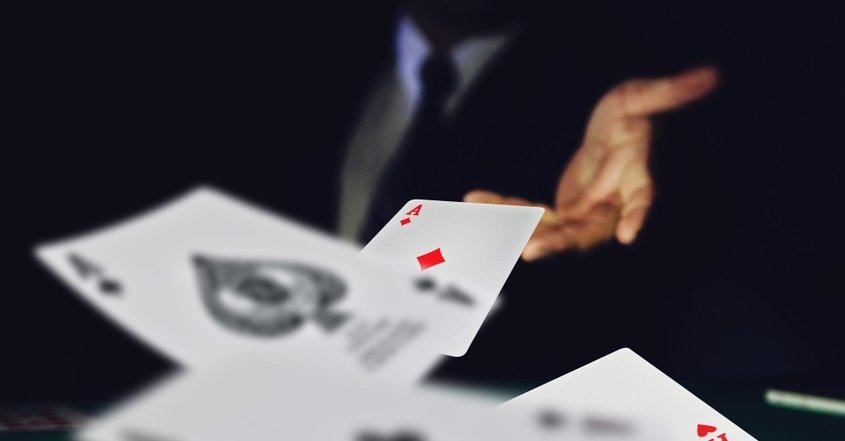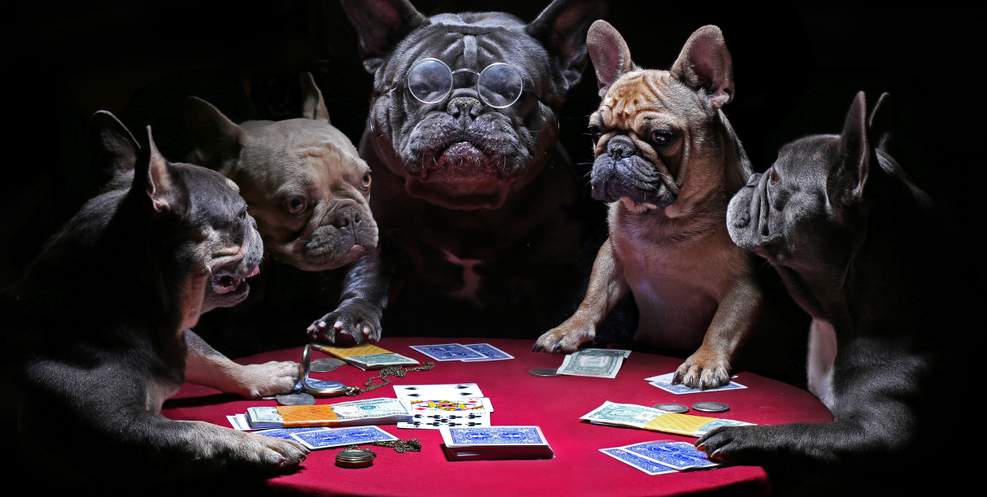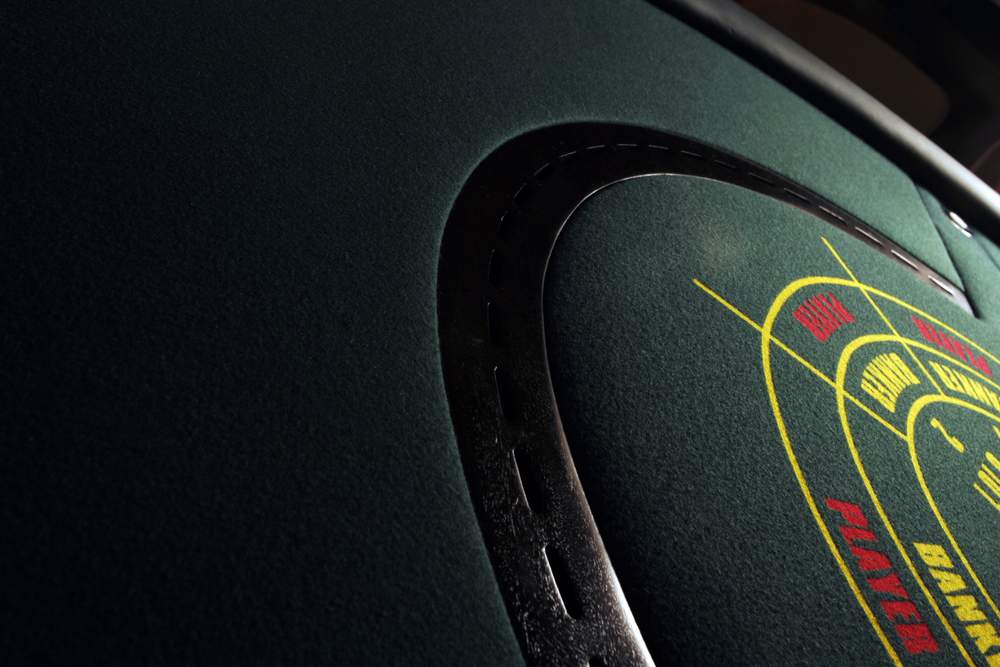

The key to playing poker well is learning how to deceive others and when others are trying to deceive you. Much of the strategy involved in playing poker actually has very little to do with the cards you’re dealt. You can’t control what cards you’ll get, but you can try to control others’ perceptions of your cards.
When you’re dealt a bad hand, it’s up to you to figure out how to get others to believe that your hand is better than theirs. Ideally, they’ll fold and let you have the pot. If they start to suspect that you’re only pretending, they may take a risk and match your bets until the end.
On the other end of the spectrum, if you have really good cards, you want to convince people that your hand isn’t so great. That way, the pot continues to grow and grow so you can get the best reward for your hand. If people suspect that you have a winning hand, they’ll fold before the pot grows large.
To deceive other players when you’re playing poker, try out some of these bluffs and strategies:
Stone Cold Bluff
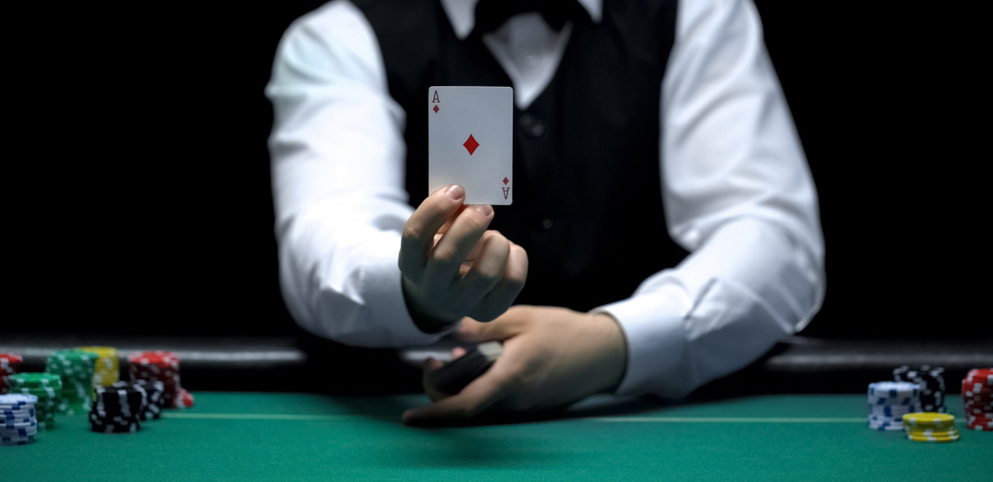
Stone cold bluffs, also called total bluffs, are the bluffs that people think of most often. This means that you don’t see your cards becoming useful at any point throughout the hand. This one is often used by beginners, but should not be used often and takes a fair amount of skill to pull off.
First of all, you need to put on a pretty convincing act to get your opponents to fold. From the beginning, you need to pretend that your cards are worth betting on. But, it’s also important not to overact, as this is a clear signal that you’re fibbing.
If you’re new to poker and you get dealt a rough hand, consider just folding. If you do use the stone-cold bluff, use it very sparingly. If you set a precedent that you fold whenever your hand is terrible, people are more likely to believe a bluff if you decide to take a chance on the stone cold bluff. If you’re bluffing on every hand, they’re not going to buy it.
Semi-Bluff

Semi-bluff is also a very basic form of bluffing, but it’s a little bit more reliable in terms of payoff. Semi-bluffs are less risky because you have cards that could very well turn into a winning hand. For example, if you have four cards in an open-ended straight, there’s a decent chance that that card may be on the river.
Using a semi-bluff gives you outs. You may start out the hand with a bluff, but you’re really just making a bet on yourself. You could end up with the cards to back your bluff and your opponents will be none the wiser.
If you don’t end up with the cards you want, a good bluff could pay off anyway. There’s a good chance that your opponents are in the same situation that you are. If they think that you got the cards you need, they may not be willing to push any further.
Semi-bluffs are a sign of a more experienced player. Beginners aren’t looking for potential outs or chances of winning with an honest hand. They’re typically looking for a good hand to be dealt to them or they go for the stone cold bluff.
Quick Bluff
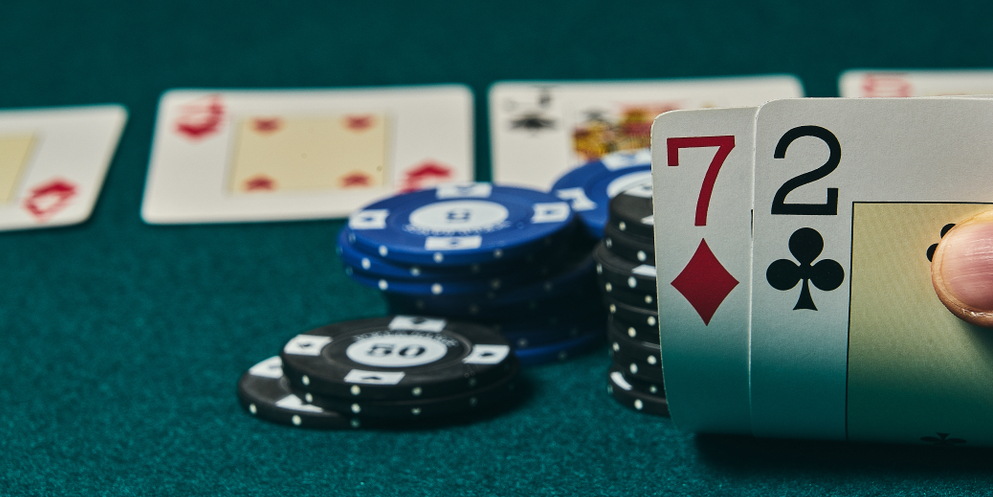
A quick bluff is a great tool when the table seems lukewarm. Nobody seems to have a great hand. Everyone is just sort of waiting for a large bet and they’ll all fold.
Whether or not you have the cards to back it, a large bet may be enough to scare away the other players who don’t have much of anything to play on. This is a good strategy if you want to clean up small pots quickly. You won’t end the night on a bluff like this, but those small pots will add up.
You will see a lot of bets like this in professional games and tournaments. Those who know the game well will use this type of bet most often. The nice thing about these bets is that, while they are low yield, they’re also low risk. If you end up losing the pot, it won’t hurt you too much.
Continuation Bet
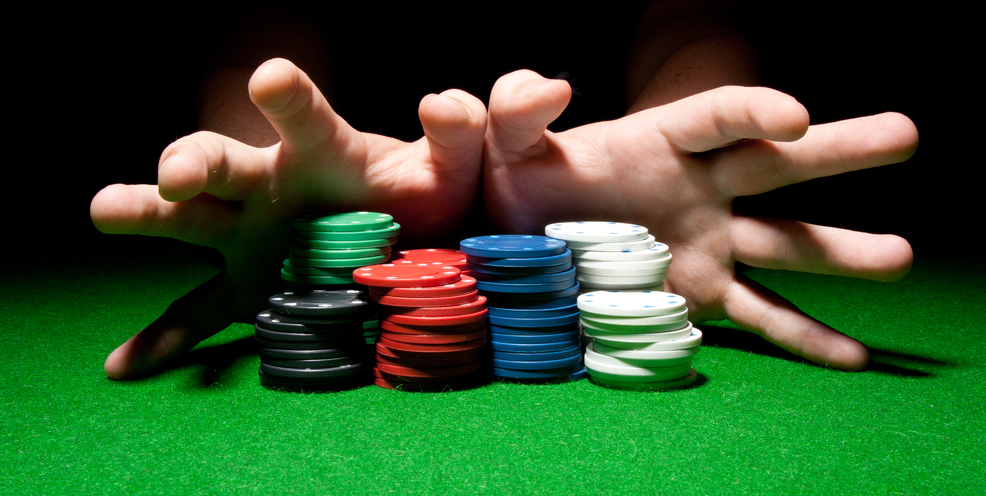
A continuation bet, or c bet, is when you bet aggressively before and after the flop. If you made a show trying to convince people that you have strong cards (or maybe you did have strong cards and the flop didn’t payoff how you hoped it would), then backing down will clearly show that the hand isn’t going how you hoped.
Maintaining the image that you have a strong hand will help convince your competitors that you were dealt good hands, the flop benefited you and that they should be worried.
This bluff is put into play when you’ve placed high pre-flop bets and someone called. Essentially, you’re just trying to save face with that other player. If they can tell that you’re backing down, they will only be empowered and push to win the hand.
It’s important that you not make this bluff, or any bluff, every single hand. You need to appear authentic for at least some of the time for other players to believe your bluffs.
Try to use this bluff when the flop lines up in such a way that it’d be plausible to build a straight or a flush to make it more believable. Also, this bluff is best placed in hands with only one or two opponents left.
The Check-Raise Bluff

The check-raise bluff is risky but could pay off well if you have a good hand. Some people use this method when they legitimately believe that they have the best cards. The bluff convinces other players that you don’t have anything special so that they will keep putting money in the pot.
You could also use this to convince an opponent that you have a better hand than them, which may or may not be true. You can use it to trick your competition into folding a good hand.
When you check-raise, you hand over some power and control to another player. When you check, it gives your opponent an opportunity to raise. Because of your check, they are led to believe that you’ve lost confidence in your hand or that your hand is weak.
They’ll likely raise significantly to get you to fold, at which point, you will raise even higher. This should scare them off so that they fold and you get to keep the pot that has increased significantly in the last few rounds.
The Post-Oak Bluff
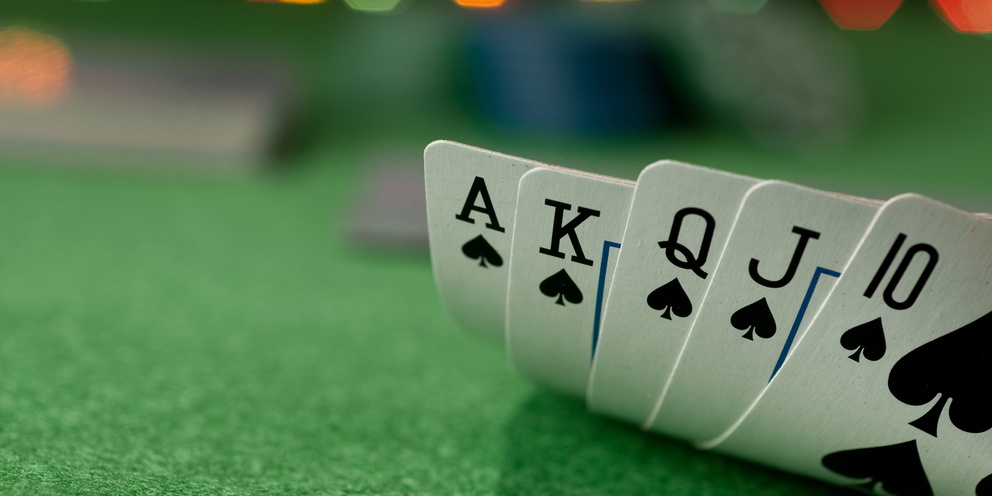
Post-oak bluffs are low-risk bluffs where you make small bets to slowly build the pot. Typically, you’ll bet about a tenth of the pot and your opponents will just match or make other small raises.
This bluff is best used with pros and more experienced players. Whether or not you have a good hand, this bluff could cause them to fold. They may think you’re setting up for a check-raise bluff and they don’t want to fall for your trap. What they don’t know, is that the trap may not even exist. They may have a better hand.
Less experienced players, however, are not usually perceptive or experienced enough to understand this dynamic. They may think you’re only placing small bets because your hand stinks. They will usually call until the end because they think they have a chance of winning (and they very well might).
Timing/Frequency of Bluffs

Frequency
Simply understanding the concepts behind common bluffs won’t win you the round. In order to execute these bluffs effectively, you have to know when and how often to put them into play.
As I’ve mentioned several times before, bluffing the same way frequently or repeatedly will decrease the likelihood that your fellow players will fall for it. It will have a “boy who cried wolf” effect.
However, if you never bluff and always play a straight game, you won’t be able to walk away with large pots. If you fold early or continuously call bets, people will know that your hand is mediocre. If you place large bets early in the hand, people will believe that too and they will fold to minimize the amount of money that they lose.
So, it is in your best interest to switch up your strategy. Sometimes you’re just going to have to fold early and lose the pot. But, because you’ve sacrificed some pots, your bluffs for other pots will be more convincing and pay off.
Timing
When it comes to timing, bluffing early in a hand is a risky move. In order for it to work, you have to continue to bet aggressively for the entire hand and hope that your opponents back off.
Alternatively, post-flop bets can be great. Depending on the results of the flop, your bluff can be more convincing. Like I said before, if the flop creates a lot of potential for a straight or a flush, it will seem like you received the cards you needed to create a strong hand. This will be more effective than a pre-flop bet where the flop reveals unrelated cards.
If you are a beginner poker player, consider bluffing on hands that are more likely to pay off. While more experienced players may take advantage of that straightforwardness, these types of bluffs are more likely to result in a win for you.
Until you are good at reading your opponents and good at physically acting out bluffs, it’s best to stick with the easier bluffs, like semi-bluffs, than stone-cold or post-oak bluffs.
The Amount of the Bet
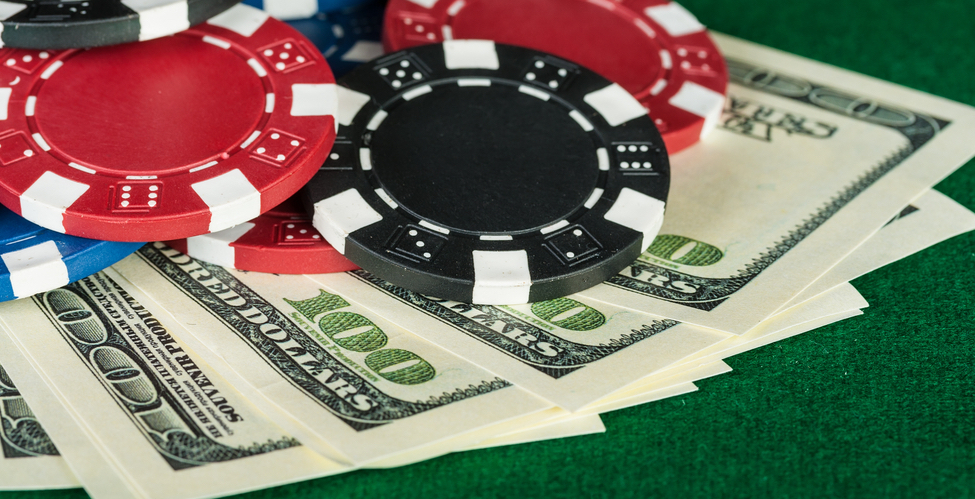
It is important that you place an appropriately-sized bet when you bluff. If you’re dealt the cards and immediately go all-in at your first opportunity, you’re not going to win any money.
You need to know how to place bets in a way that will convince other players of the strength of your hand (or convince them that your hand isn’t strong, depending on your end goal) without drawing too much attention.
Try to keep bets fairly consistent with that of your opponents. Also, consider the size of the pot when you place a bet. Don’t jump too high or too low. Find that sweet spot.
Body Language During Bluffs

Body language is one of the best ways that you can manipulate others or judge the hands of your fellow players. Everyone has certain mannerisms that they will display when they are feeling tense and when they are feeling relaxed.
Here are some common signals that you can look for if they are feeling tense:
- Sitting very still
- Eyes are focused and steady on one or two points
- Placing a bet very quickly, they don’t take much time to think on their turn because it’s premeditated
- Placing a bet very slowly, hemming and hawing and really making a show of making a decision
- Not looking at their cards or around the table, trying too hard to appear as though they are indifferent about what’s happening on the table
- Glancing at chips frequently and quickly, they probably are going to place a large bet
Here are some common signals that you can look for if they are feeling relaxed:
- More random movements, adjusting how they sit, itching a scratch, etc.
- Play with chips or handle them in a less organized manner
- Eyes move around and fall on random targets or make more eye contact
These tells are not the same for everyone. Some of them are even contradictory. Each person will act differently in a situation where they feel stressed or excited. It’s important that you observe the person and their behaviors so that you can understand fully what they look like when they react to different hands.
Use this information to inform your own bluffs, call theirs, or fold when necessary.
Playing poker is more about observing and manipulating your fellow players than it is about playing the cards in your hand. Is a strong hand nice to have? Absolutely! But a weak hand with a good bluffing strategy will out-earn a strong hand with a poor bluffing strategy almost every time.
Use these tips the next time you play poker to help you deceive your opponents so that you can win big!

